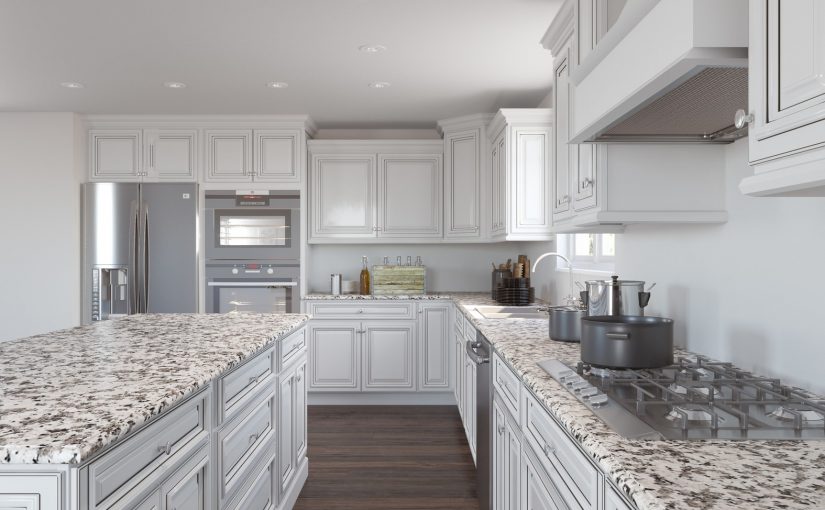If you’ll be tackling a kitchen redesign, it’s important to know what your budget is before diving in. Creating—and managing—a budget will ensure you don’t overspend and help you avoid adding on “extras” you’ll regret down the road.
Redesigning your kitchen will go a long way to increasing the overall value of your home. Follow our tips below for creating a budget (and keeping your kitchen remodel costs within that budget) and you’ll have a kitchen you absolutely love without breaking the bank.
#1: Know Your Purpose
In order to set an appropriate budget for your kitchen redesign, you’ll first need to know your end goal for redesigning your kitchen. If you plan on staying in your home for several more years and this project is mostly for your own enjoyment, you’ll want to list out your wants and needs and prioritize those that are of highest importance to you. Items that will have the most impact on your daily use of the kitchen should be top priorities.
On the other hand, if you plan on selling your home in the next few years, consider making upgrades that have universal appeal and are comparable with competitive homes in your neighborhood.
To determine a reasonable budget, many experts suggest spending between 5% and 15% of your home’s valuation for a kitchen remodel. As an example, if your home is valued at $400,000, a budget range to work with for your kitchen redesign would be between $20,000 and $60,000.
#2: Create Money Buckets
Knowing your overall budget is a great start, but it isn’t enough to be able to properly manage costs. You’ll want to further break down that number by allocating a money bucket to each of the many components that your redesign will consist of. This may include kitchen cabinets, countertops, appliances, faucets and plumbing, flooring, lighting and electrical and walls and trim. For every one of these aspects, your budget should include both material costs and labor costs.
#3: Expect Unexpected Expenses
Since it’s highly likely that a few surprises will come your way during the course of your redesign, no matter how well prepared you are, it’s critical to allocate a portion of your budget for unexpected costs. Such costs can include discovering water damage, needing to add more support for flooring or appliances, electrical or plumbing issues and more. This is also where you’ll want to budget for increased dining expenses if you won’t be able to use your kitchen for a certain period of the redesign.
#4: Create a System for Managing Your Budget (and Use It)
Create a system for managing your budget that will work best for you—and be diligent about using it. Whether you manage all of your expenses on your own in a simple spreadsheet or work with a project manager, monitoring your budget regularly and knowing exactly where your money is going will keep you in control of your money and your project outcome.

